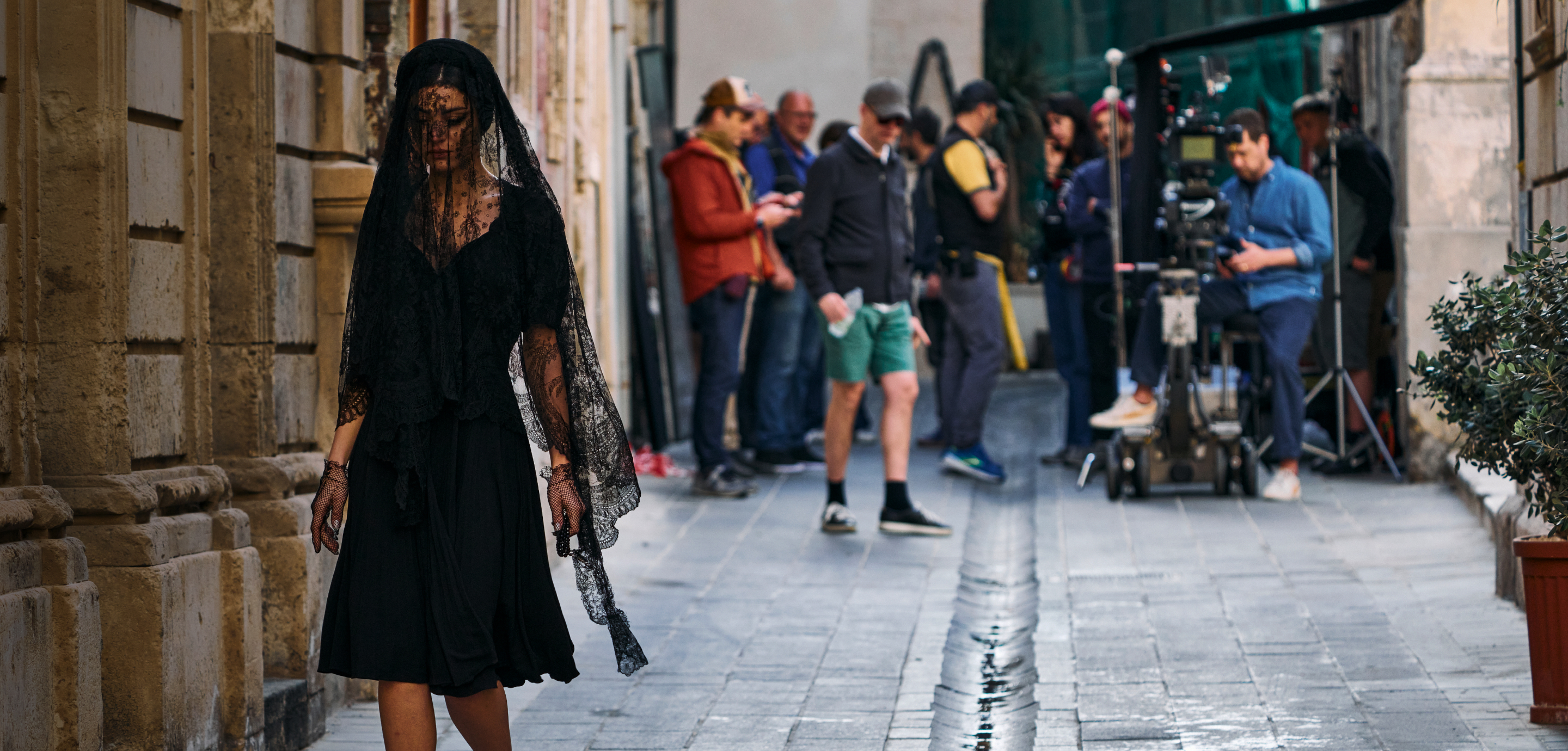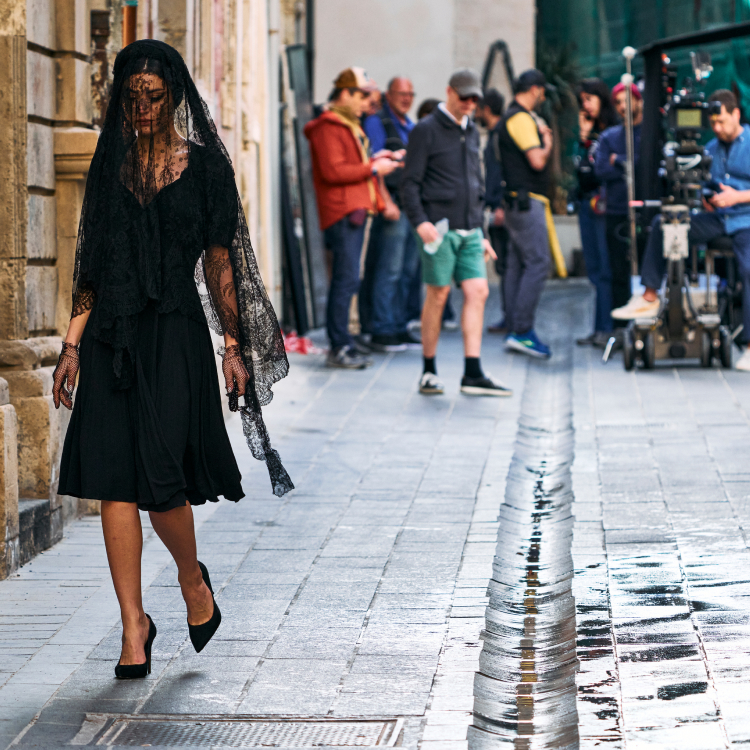
Beauty is not a Sin

Beauty is not a Sin
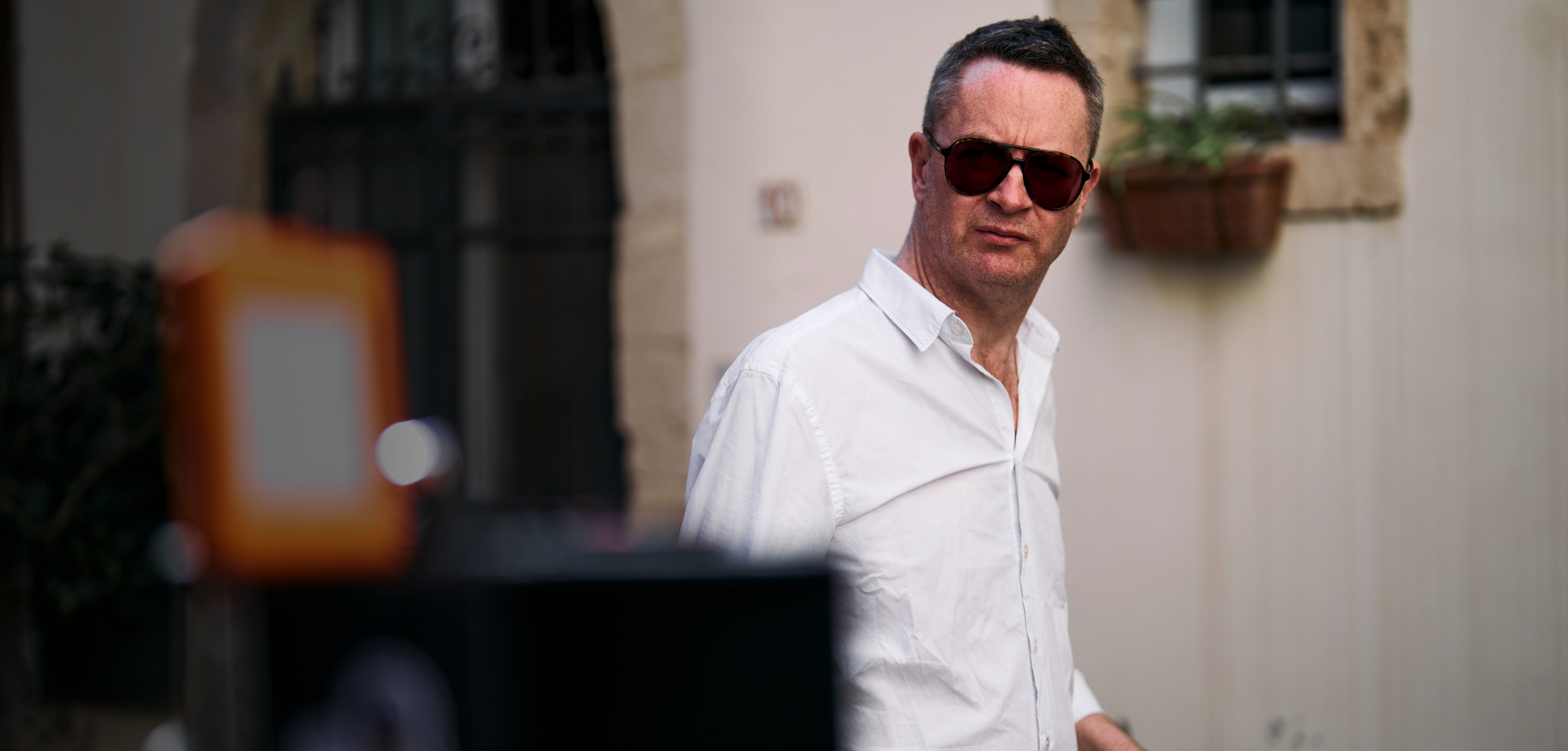
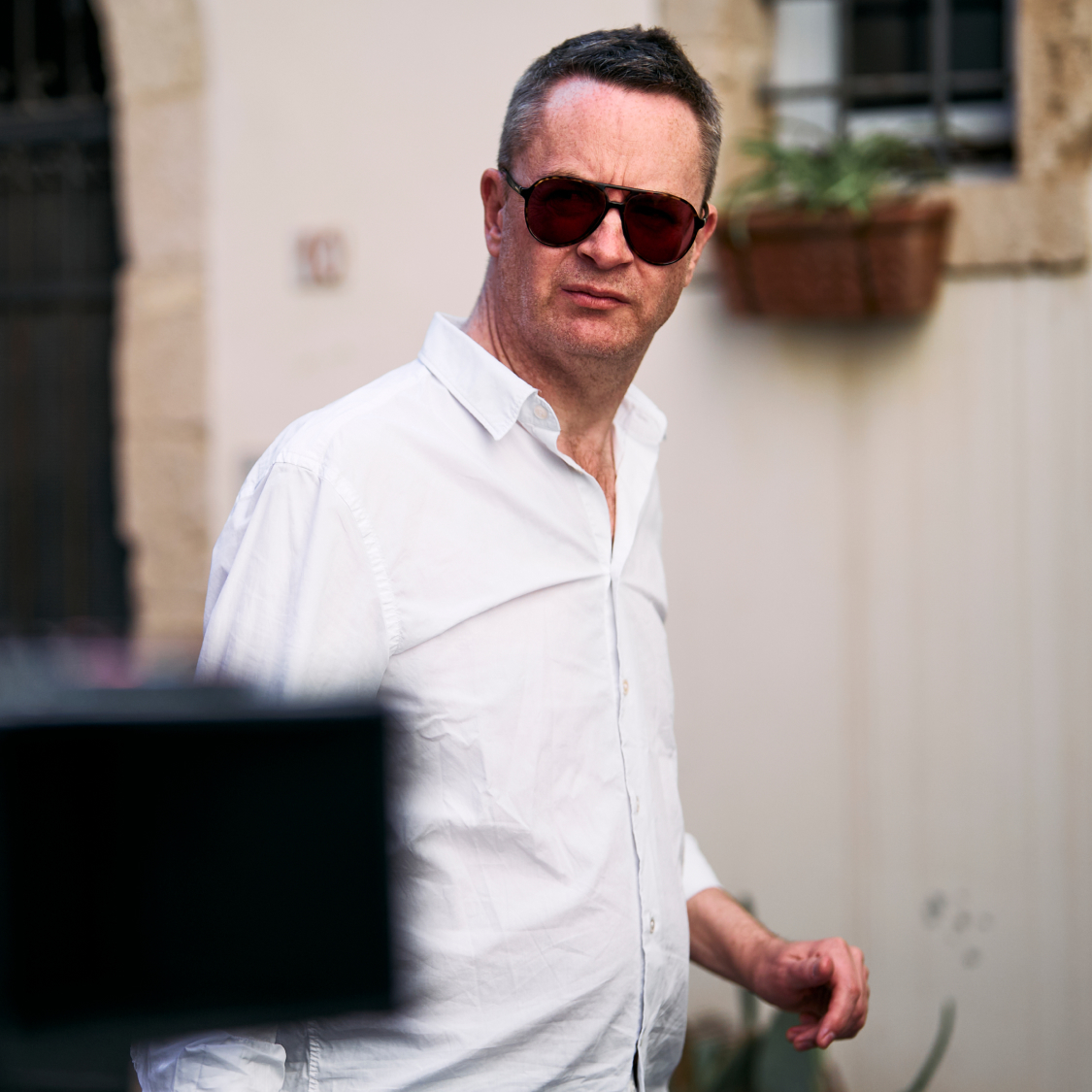
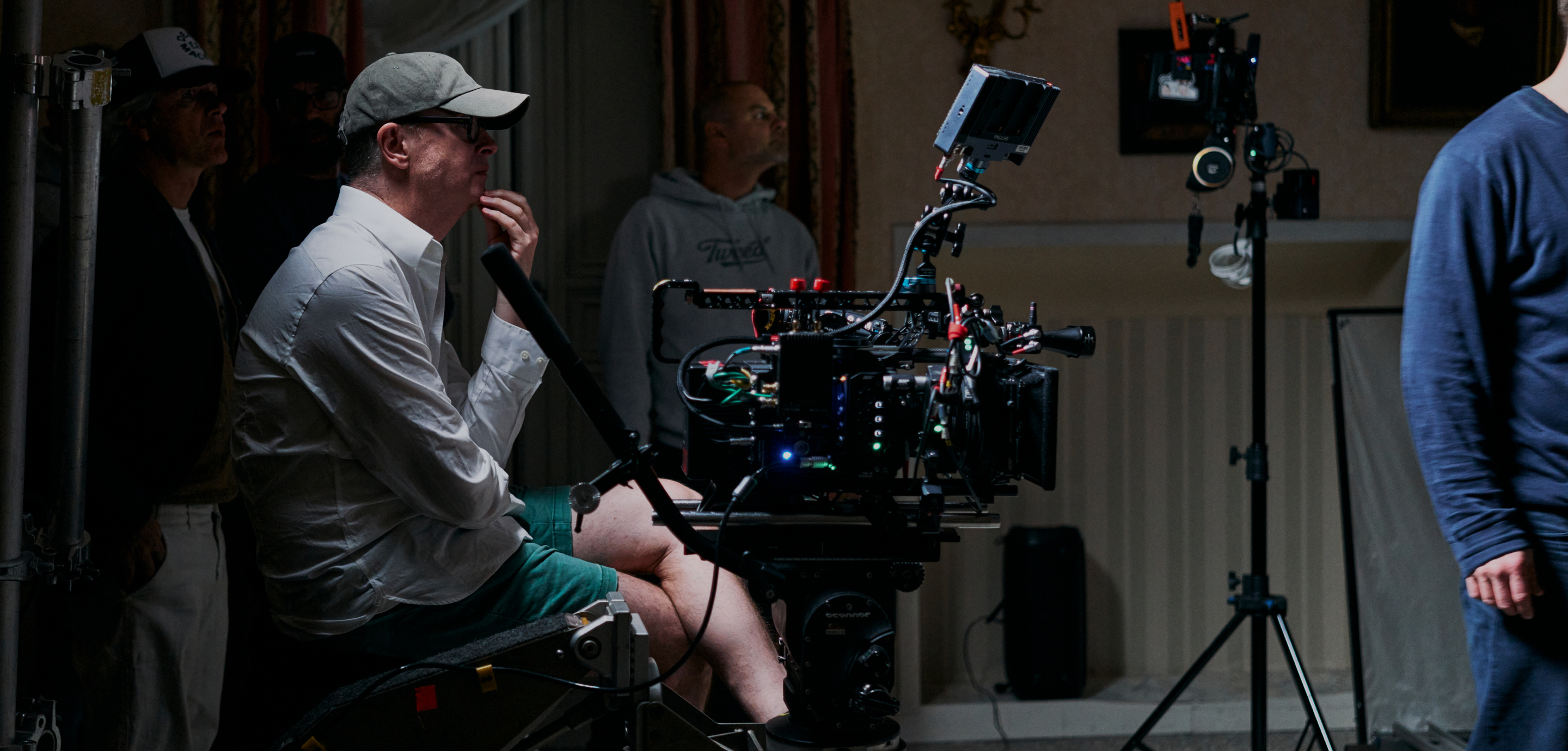
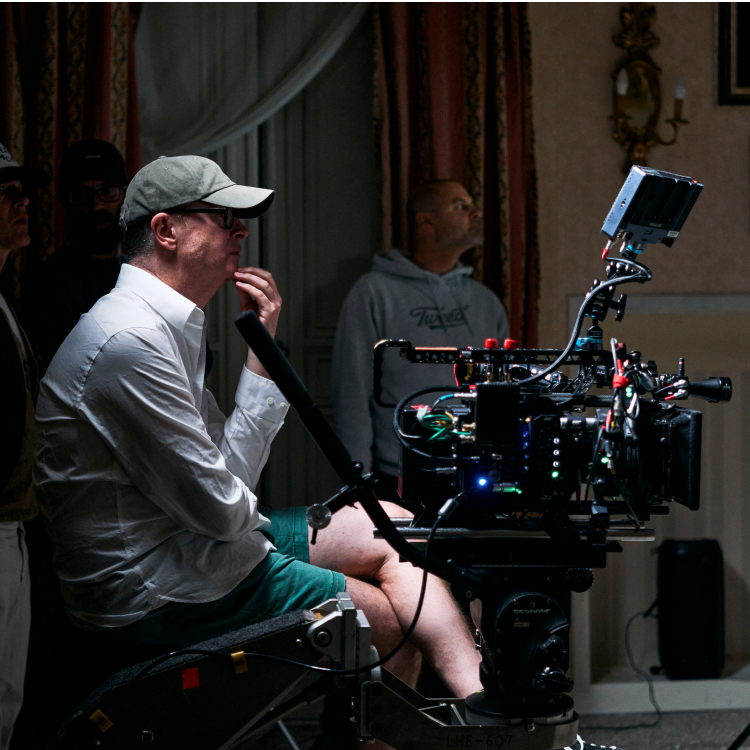
The director:
Nicolas Winding Refn is a Danish movie director, screenwriter, and producer known for his visually bold and stylistically unique approach to cinema. Often compared to great authors like Lars von Trier and Thomas Vinterberg, Refn has made a significant impact on contemporary cinema with works that challenge both narrative and visual conventions.
With Drive (2011), presented in competition at the 64th Cannes Film Festival and for which he was awarded as Best Director, Refn captured international attention, establishing himself as one of the most influential directors of his generation. Drive became a global success, grossing over $80 million and solidifying Refn’s position as a central figure in Hollywood.
His latest project, Beauty Is Not a Sin, commissioned by MV Agusta, fully reflects his unmistakable aesthetic. In this short film, Refn explores the complexity of desire and beauty, using a cinematic language that blurs the lines between art and commerce. The influence of Kenneth Anger, evident in the use of colours, iconography, and symbolism, is at the core of Refn’s vision, transforming a product, such as a motorcycle, into a sensual and provocative work of art.
With Beauty Is Not a Sin, Refn once again demonstrates that the attraction towards beauty is not to be condemned, but instead, it is a natural impulse that permeates every form of art and human expression.
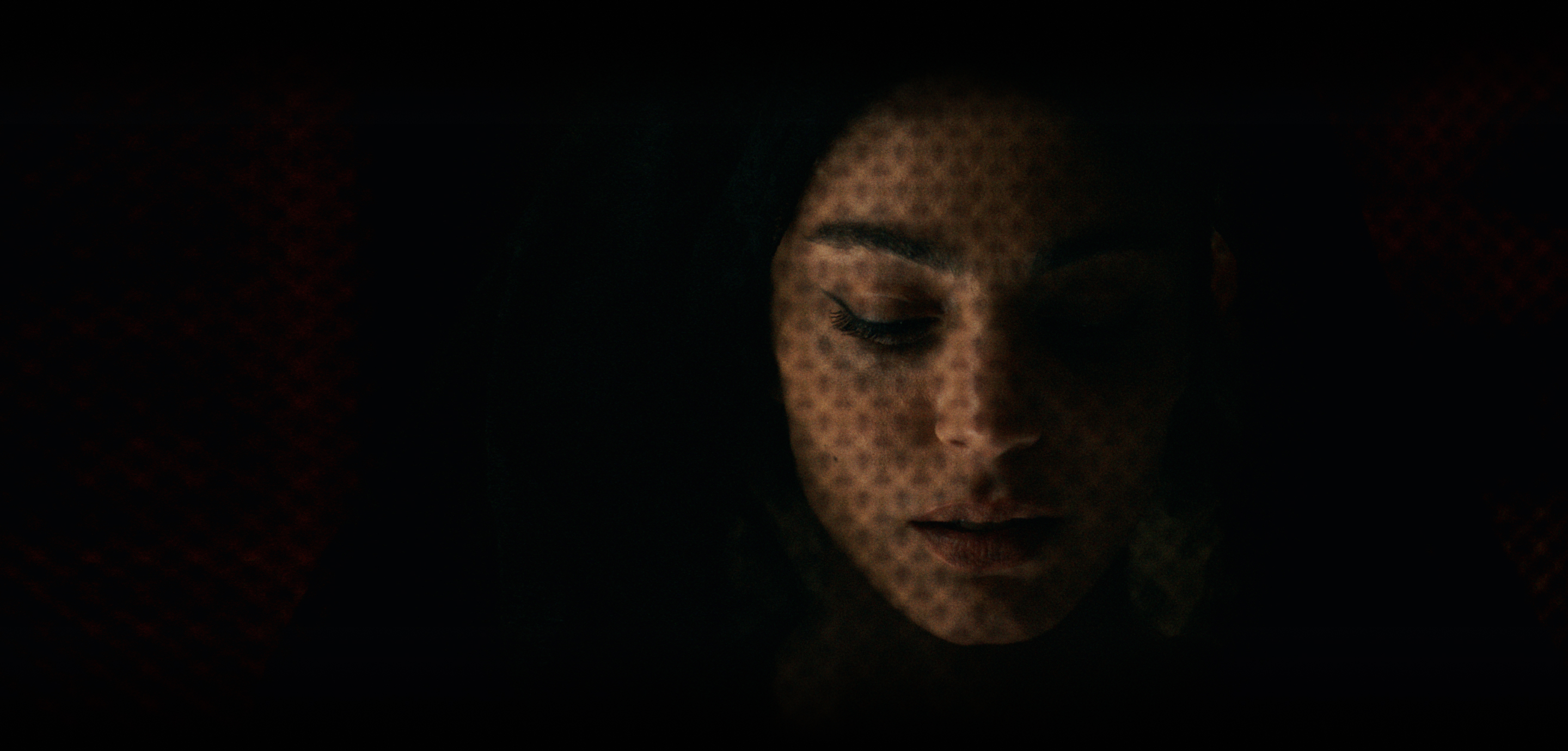
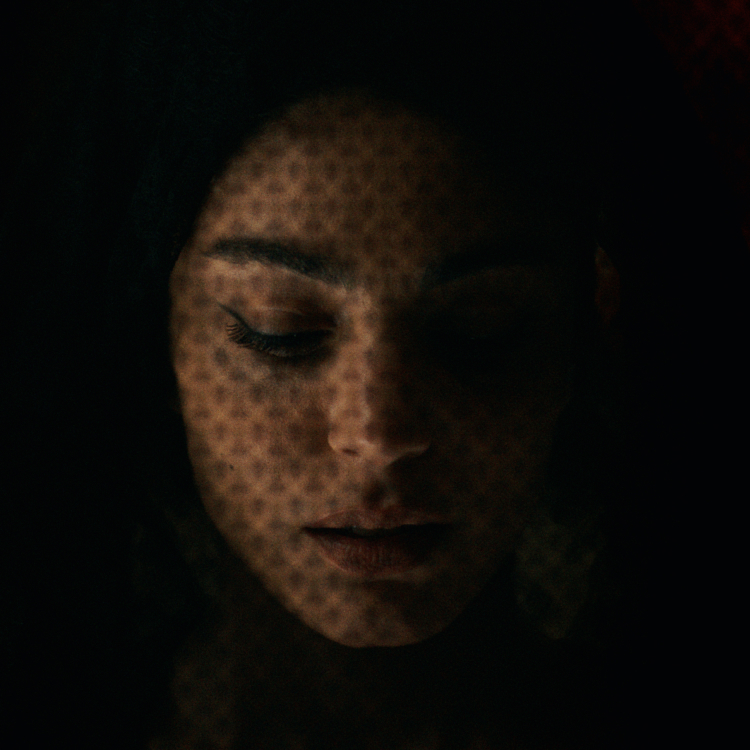
The Sinner
The Sinner is a figure that embodies the eternal conflict between desire, morality, and the frailties of human nature. Seduced by beauty and the allure of the “forbidden”, she treads the fine line between passion and sin. Laura Grassi performs this role with exceptional emotional depth, revealing the fragility of the human soul when faced with temptation. The Sinner is not merely a symbol of transgression but also a reflection of our innate attraction to what is aesthetically sublime, like the Superveloce 1000 Serie Oro. In her, the inner conflict between the pursuit of pleasure—through Gluttony, Lust, and Envy—and the need for redemption, comes to the forefront, a theme that is powerfully expressed in her personal struggle to find a balance between sin and salvation. The character evolves through an emotional journey that leads her to confront her most intimate temptetions, ultimately finding temporary redemption through the confession of these sins, which define what is doctrinally right or wrong. The actress skillfully conveys this duality with an intense performance, making the Sinner a complex and captivating figure, capable of taking the audience with her through an empathic journey, where they find themselves reflecting on their own temptations and desires.
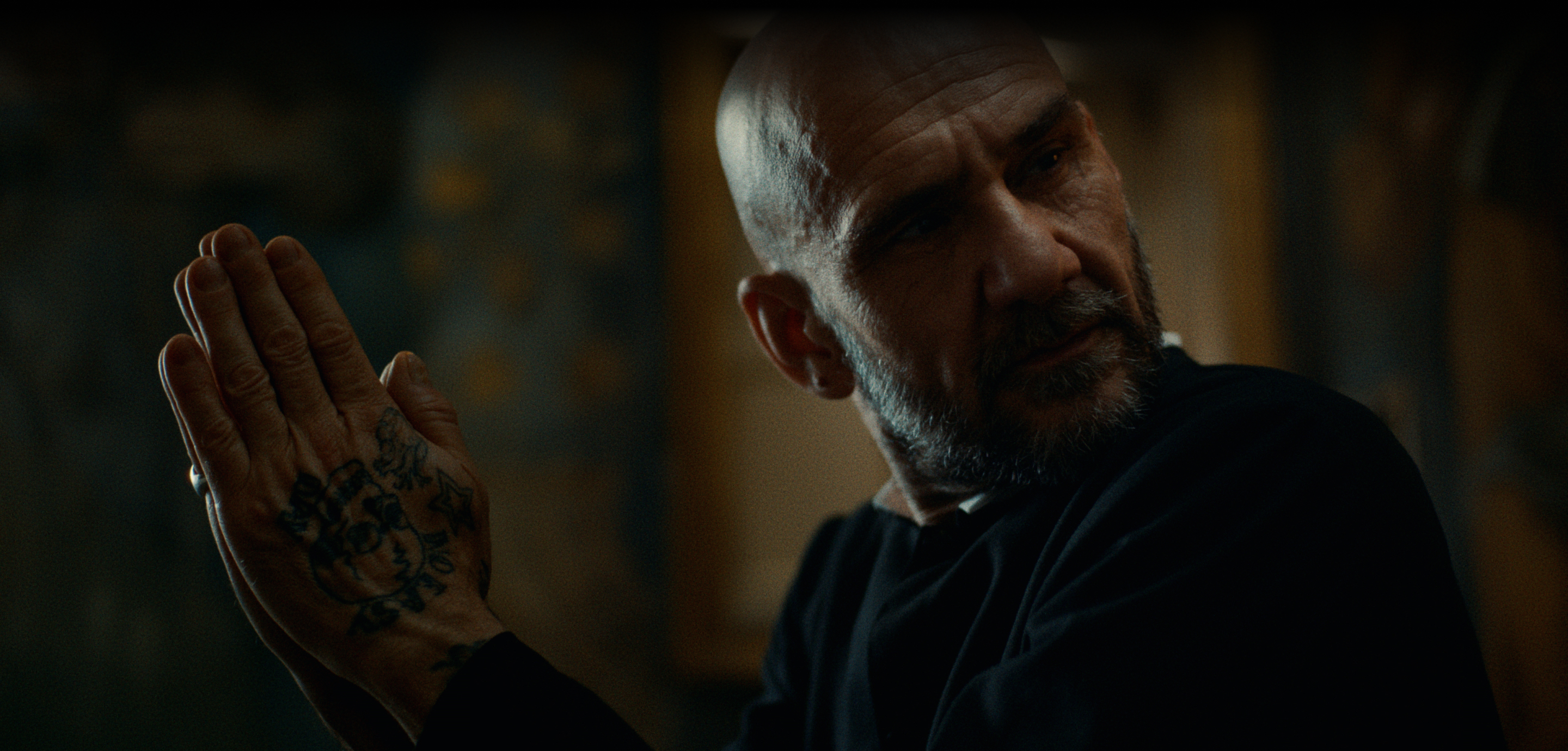
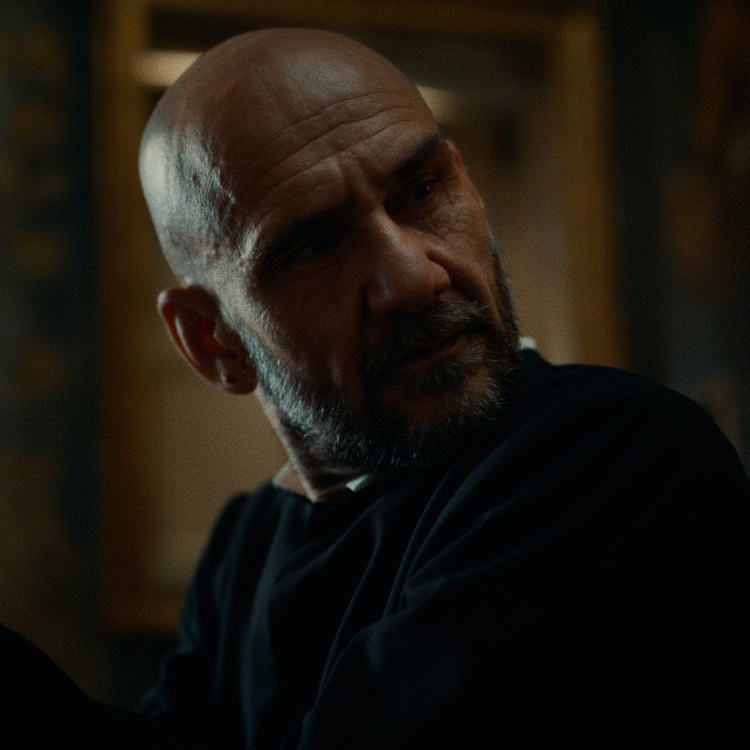
The Priest
The Priest, brought to life by Stefano Gaeta, represents a figure of authority who is compelled to balance the sacred and the profane. He is a man trapped in his own role as a spiritual guide, forced to confront his own weaknesses and temptations. Despite being a symbol of purity and righteousness, the Priest is deeply disturbed by the beauty that surrounds him and the emotions stat such beauty ignites in him. Gaeta infuses the character with a hidden vulnerability that slowly emerges—a crescendo—through the woman's confession. Initially seen as accommodating and understanding, he becomes increasingly troubled and reflective as the confession progresses. The Priest reveals the inner turmoil of a man striving to maintain his moral integrity while being constantly drawn towards desire. He thus becomes a tragic figure, desperately trying to offer redemption to others while seeking an escape from his own existential crisis. This escape is symbolized by the object of desire, which becomes a means of salvation for the Priest himself and a way to absolve both his own sins and those of others. His presence in the film is crucial for exploring themes of guilt, confession, and the possibility of redemption, making the character a symbol of humanity and fragility.
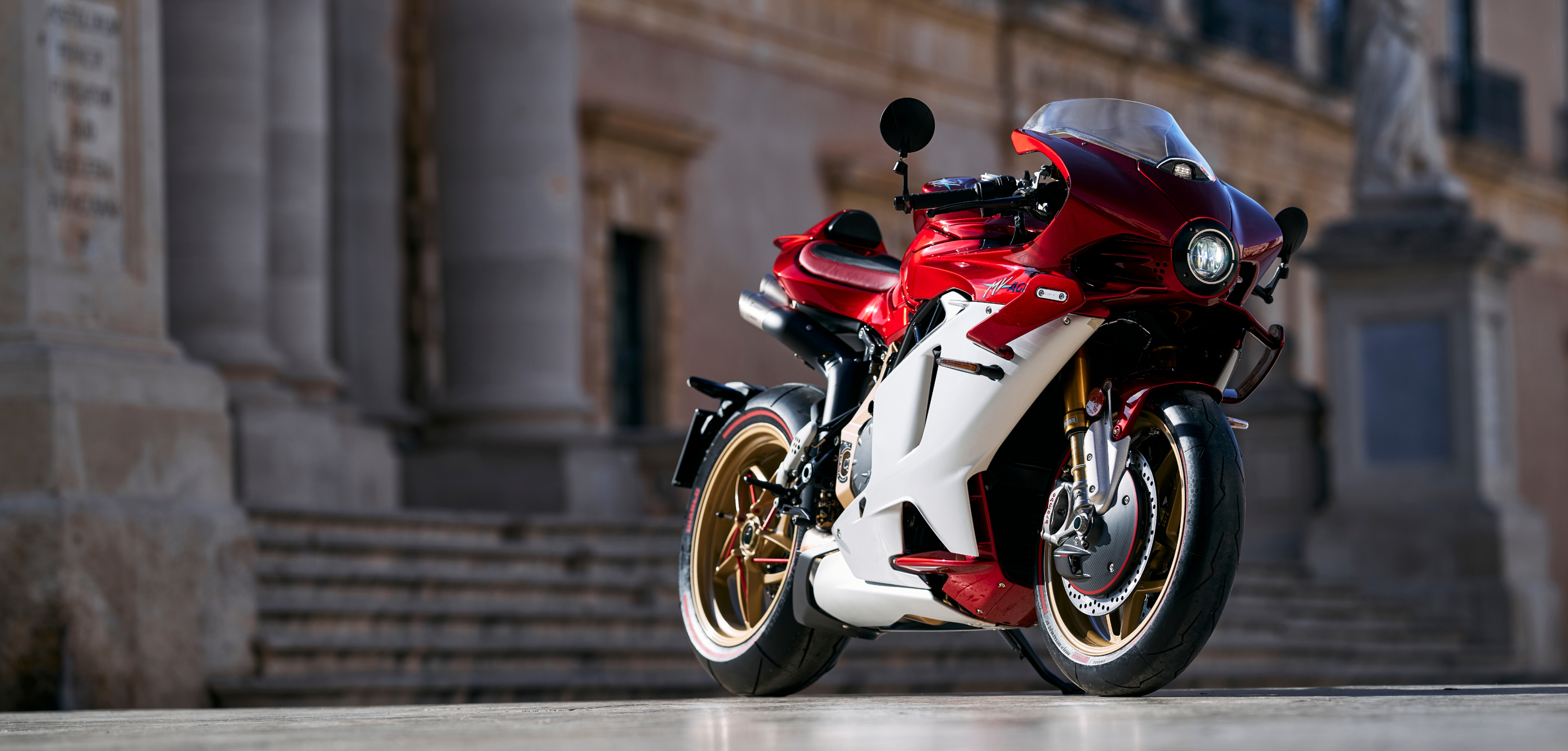
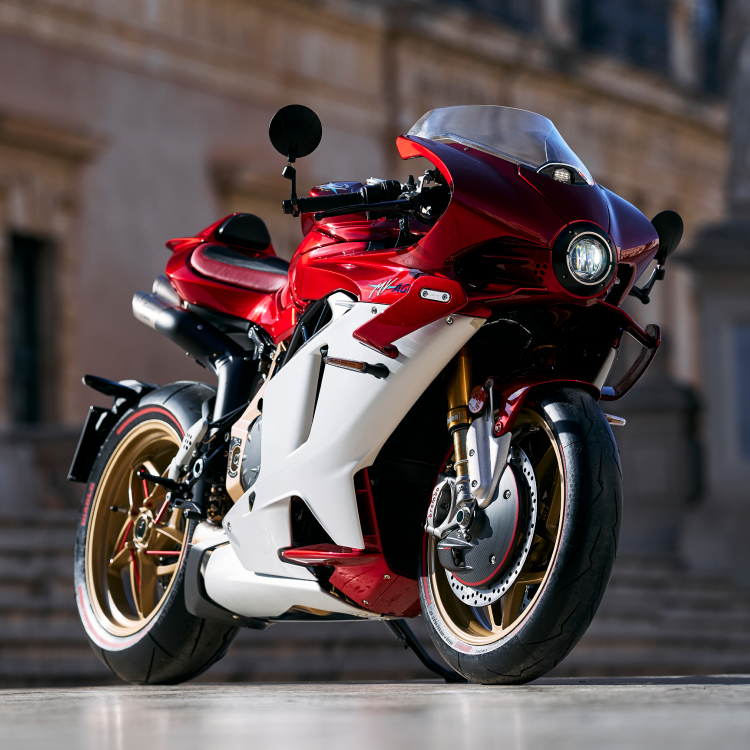
THE
BEAUTY
The Superveloce 1000 Serie Oro is not just a motorcycle; it is the Shape Of Desire. Every curve of its sculpted lines, every refined detail, evokes admiration and envy towards those fortunate enough to own such an exclusive and precious object. The relationship with it is intrinsically carnal: the rider and the Superveloce dance together, united in a physical and sensual experience. One can never be sated by its beauty; the urge to gaze upon it, to touch it endlessly, fuels a passion that transcends reason. The Superveloce 1000 Serie Oro is an act of confession, where surrendering to the forbidden allure of lust, envy, and gluttony becomes an irrational celebration of the most authentic human desire.
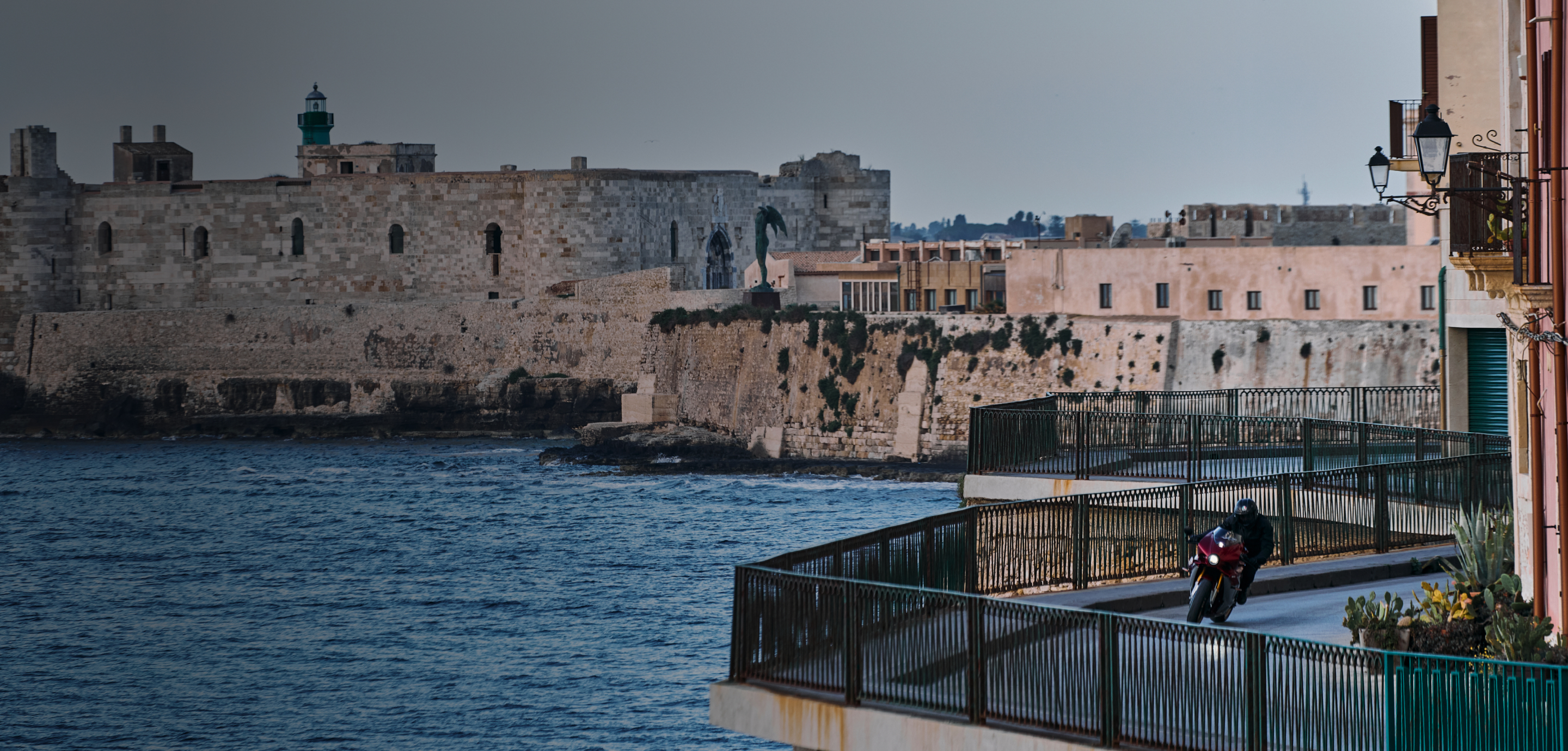
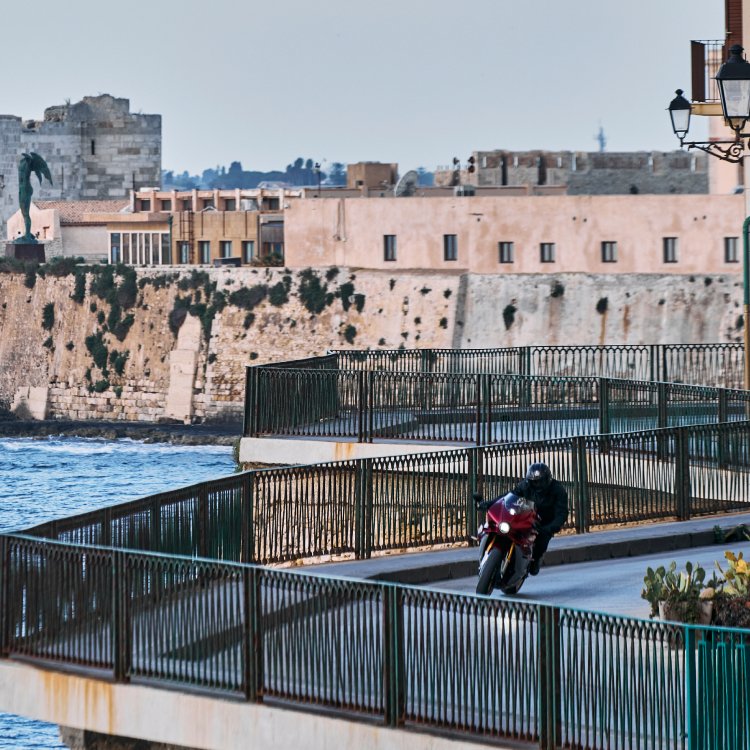
The Village
He oldest part of the city of Syracuse, located on the southeastern coast of Sicily, a cinematic location extraordinarily evocative for the richness of its history and art, an element of charm and an authentic and evocative atmosphere, the ideal backdrop for the depiction of the beauty of the MV Agusta Superveloce 1000 Serie Oro. The island of Ortigia offers the director the opportunity to create a nuanced visual narrative, staging the contrast between typical Italian clichés and the classic beauty of the island and its protagonist.
